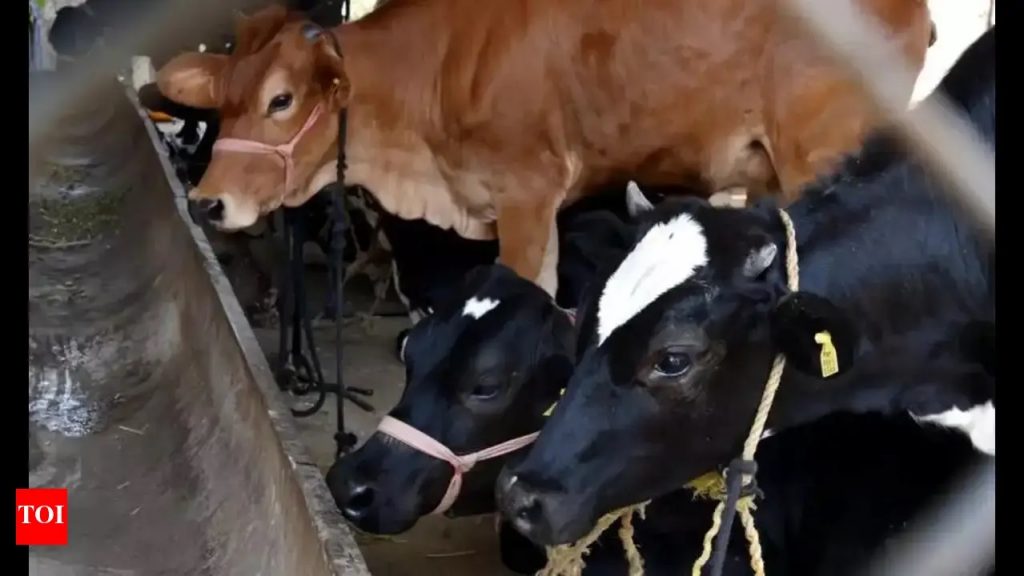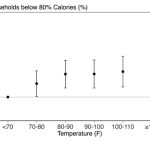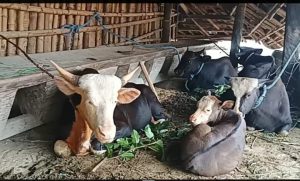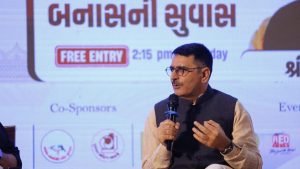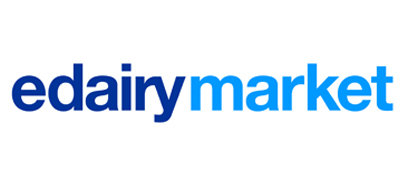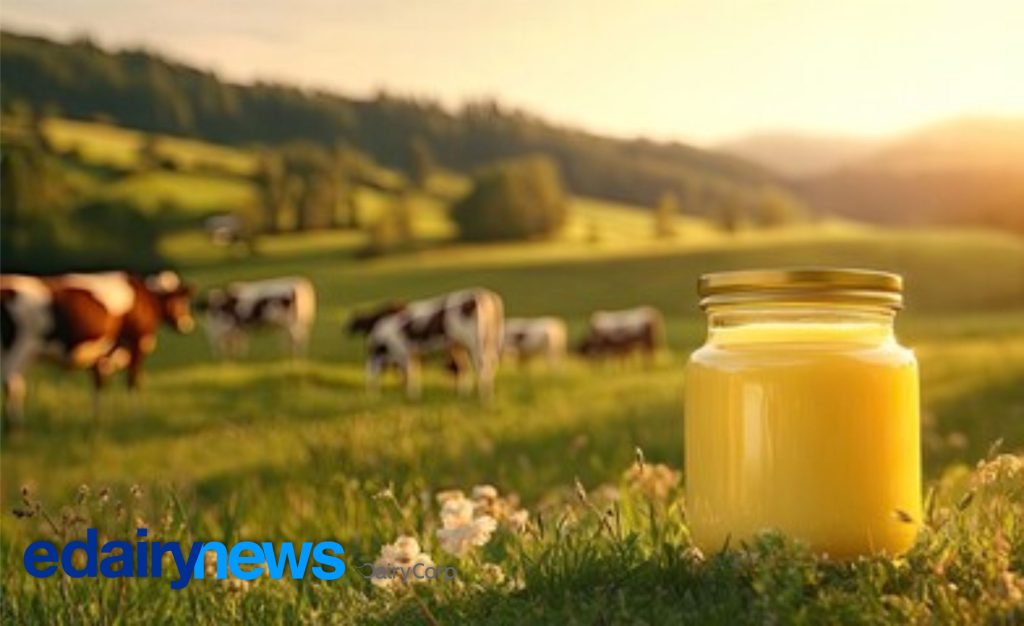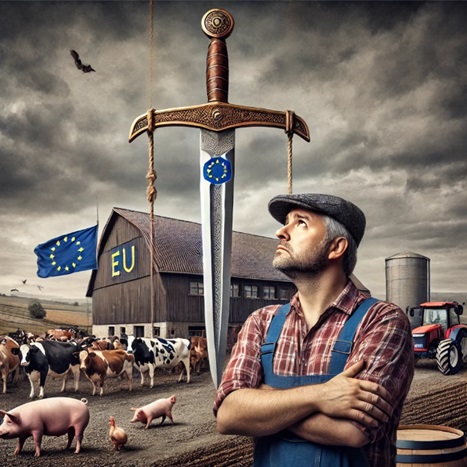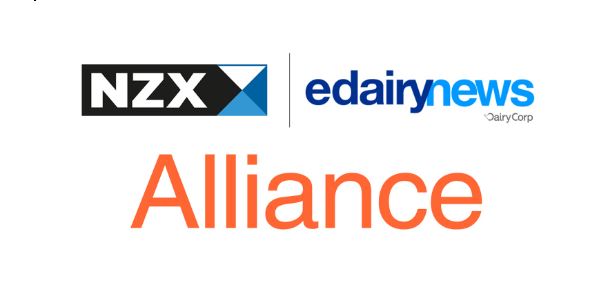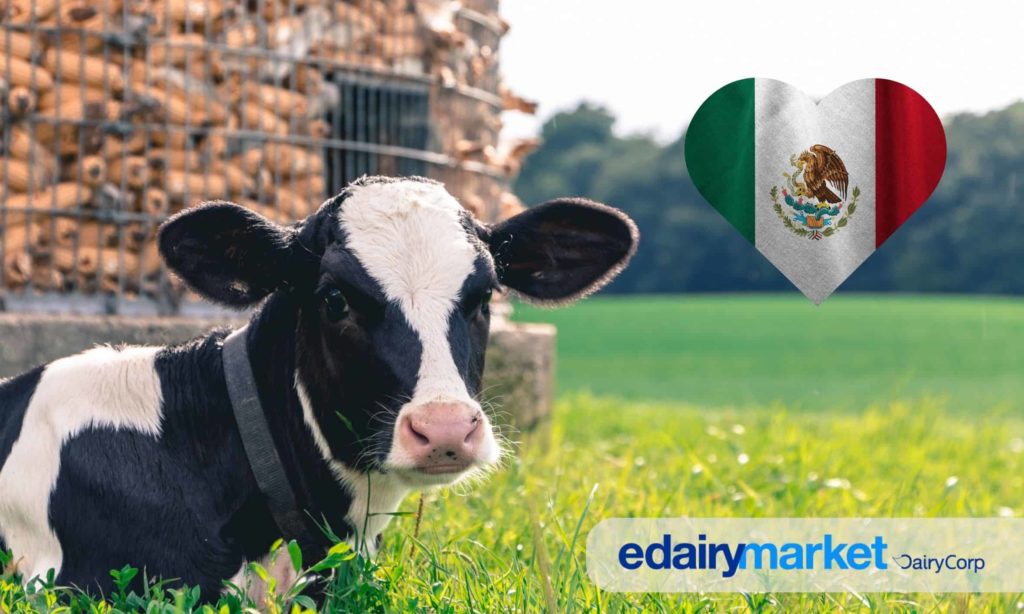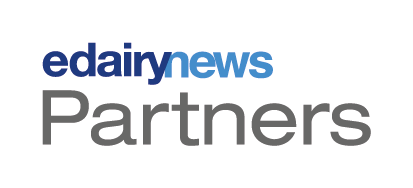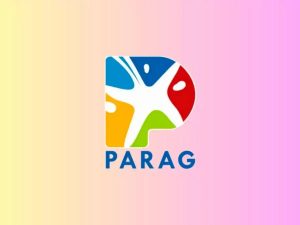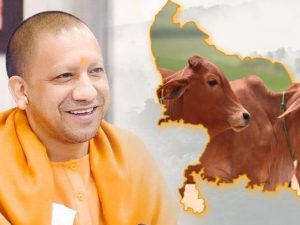
Despite Being the World’s Largest Milk Producer, India Faces Critical Bottlenecks in Feed Policy, Processing, and Farmer Technology Adoption.
India’s dairy and livestock sector is positioned for global leadership, fueled by its status as the world’s largest milk producer and second-largest egg producer. The country’s animal feed market alone is valued at US$14 billion in 2025 and is projected to surge to US$20 billion by 2030, reflecting a 7% CAGR. This booming domestic growth aligns with a global feed industry expected to surpass US$600 billion, heavily influenced by Asia-Pacific demand. However, this promising outlook is undermined by severe systemic barriers, including export bans, sharp competition for feed grains, and pervasive policy inconsistency across states.
The most critical headwind is the feed conundrum, which has transformed from a growth driver into a bottleneck. India’s feed exports plummeted 20% to $2.3 billion in 2024 after peaking at $3 billion the prior year, largely due to a government ban on de-oiled rice bran (DORB) exports. Compounding the issue, the ethanol blending program is diverting 5–6 million tonnes of maize from compound feed (consumed by over 80% of poultry and dairy) to fuel production. This diversion is escalating prices, eroding export competitiveness, and allowing competitors like Argentina and Brazil to gain critical market share.
The poultry and egg sector, producing over 120 billion eggs annually, presents a major missed opportunity in value addition. Most eggs are sold raw, bypassing the US$3.8 billion global egg powder market that demands processed, shelf-stable products. According to Srirup Mohan Goswami of Genex, the biggest hurdles are prohibitive infrastructure costs, as processing plants require expensive RCC-certified structures and compliance with strict international norms like US FDA and EU PED. This financial barrier severely discourages necessary investment from small and medium enterprises (MSMEs) needed to exploit the export goldmine.
Compounding the problem is an urgent fodder security crisis linked to slow adoption of modern practices. Despite having one of the world’s largest cattle populations, India’s livestock productivity is low due to poor nutrition. Silage—a superior, fermented feed—can ensure year-round availability, but farmer acceptance is weak due to reliance on traditional dry fodder, which lacks adequate nutrition. Piyush Agarwal of Cornext noted that while the silage industry grows at a 15% CAGR, policy support remains patchy; some states subsidize it while others do not, creating an uneven transition toward high-nutrition cattle feed.
The core structural challenges are threefold: a pervasive awareness deficit leading farmers to resist innovation in feed, silage, and automation; costly infrastructure and certification hurdles for processing that are unviable for MSMEs; and policy inconsistency destabilizing exports and state-level adoption of best practices. To transition from mere volume to high value, the industry requires urgent structural reforms: a balanced national feed policy, incentives for value addition in processing, and widespread farmer education campaigns similar to the successful Amul dairy cooperative model.
Source: Read the full analysis of India’s dairy and livestock challenges from SME Futures.
You can now read the most important #news on #eDairyNews #Whatsapp channels!!!
🇮🇳 eDairy News ÍNDIA: https://whatsapp.com/channel/0029VaPidCcGpLHImBQk6x1F
